A digital do-over
Reprocessing images of fire dancers in Fiji ten years later
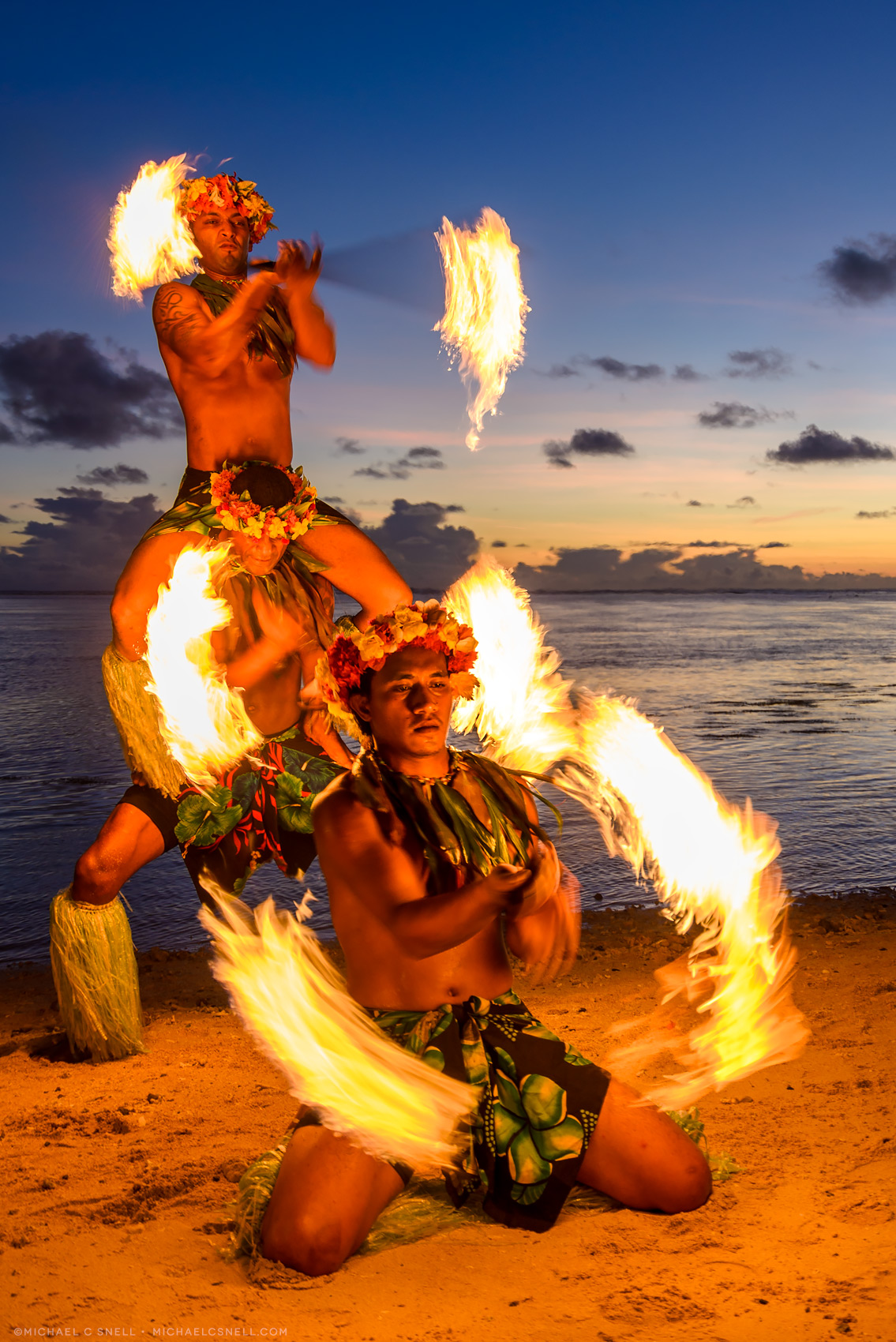
I’ve said this before, but one of the things I love most about digital photography is that, as software and your skills progress, you can revisit old images and often improve them. With transparency film, your results were baked in. Other than making some slight adjustment during the duping progress (and duping degraded as well), you were pretty much stuck with the original result. With digital — and if you’re shooting RAW — you can practically crawl back in time, inside your camera, and tweak settings to get a better result. This ability is multiplied as software and your skills improve.
I recently revisited a few old RAW files just to see how things have progressed in the last few years. These images were all shot in Fiji in April of 2011. Almost exactly 10 years ago. All were shot on a Nikon D7000 which had a 1.5 crop sensor and was never my favorite body for night-time photography. I never felt it was great at higher ISOs but luckily in this case I was okay with slower shutter speeds to get the fire blur. That allowed me to leave the ISO at the camera’s minimum of 100. I’m happy with that decision now, because that low ISO and low noise seems to have given me a greater ability to recapture shadow detail without boosting the noise to problematic levels.
As for software, all processing has been done solely in Adobe Lightroom. I’m not sure what version I was on in 2011 (version 2, I think?), but in 2021 I’m running 10.2. I resorted to Photoshop on one of the images to remove an elbow that was extended into the edge of the frame, but everything else was accomplished in Lightroom.
Here’s a comparison of my processed image from 10 years ago (left) and my new 2021 version (right):
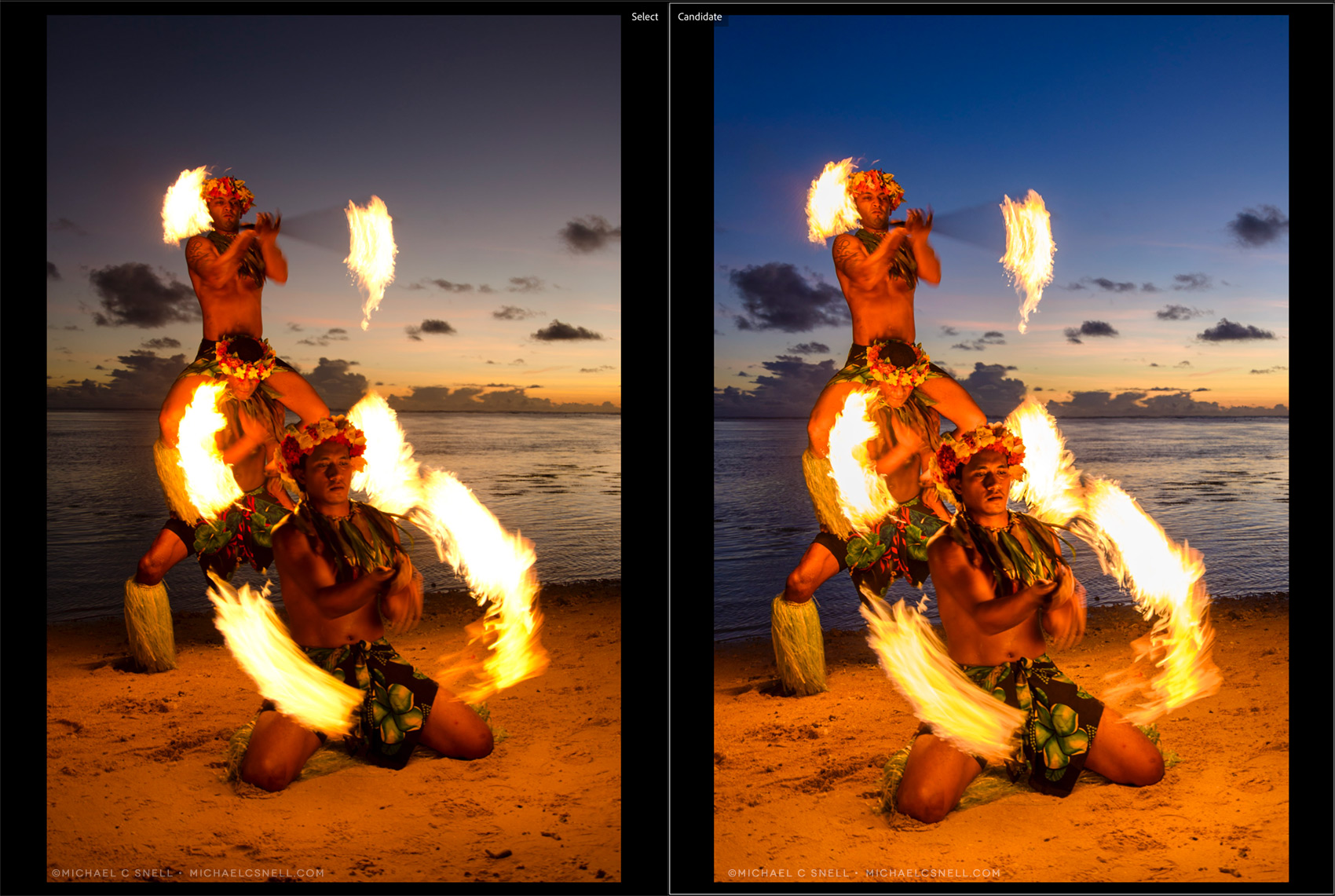
Quite a difference! Now, some of that difference I attribute to the software. There are new calibration versions in Lightroom every so often, new tools get added, and improvements are made to the software overall. But I, too, have changed. Some of these differences are due to my skills improving and tastes changing. I already look at the new image and wonder if I took some things too far, just because the software allowed me to. I think our tastes and style always evolve over time — sometimes by the hour, it seems.
Here are a few things I notice between these two images. First, I was a lot more aggressive with my white balance adjustment this time around. It looks like the original shot was set for daylight white balance and the original process didn’t stray far from there. On my new process I cooled the white balance way down. Since much of the scene is lit by that super-warm fire light, it didn’t change the skin tones much, but it brought the blue back into my sky much closer to how I remember it being.
The other big differences I see are in the recovery of highlights and shadow detail. Some of this is definitely due to software. My original process was done with Lightroom’s calibration version 2, and now we’re up to version 5. In version 2, we still had “Recovery” and “Fill Light” sliders but those got changed and updated at some point to “Highlights” and “Shadow.” I’m sure their settings and abilities have changed and improved in the subsequent three versions as well. Look especially at the fire in the lower left and see how much more color and detail is there now. And the lifting of the shadows is incredible.
Here’s another set:
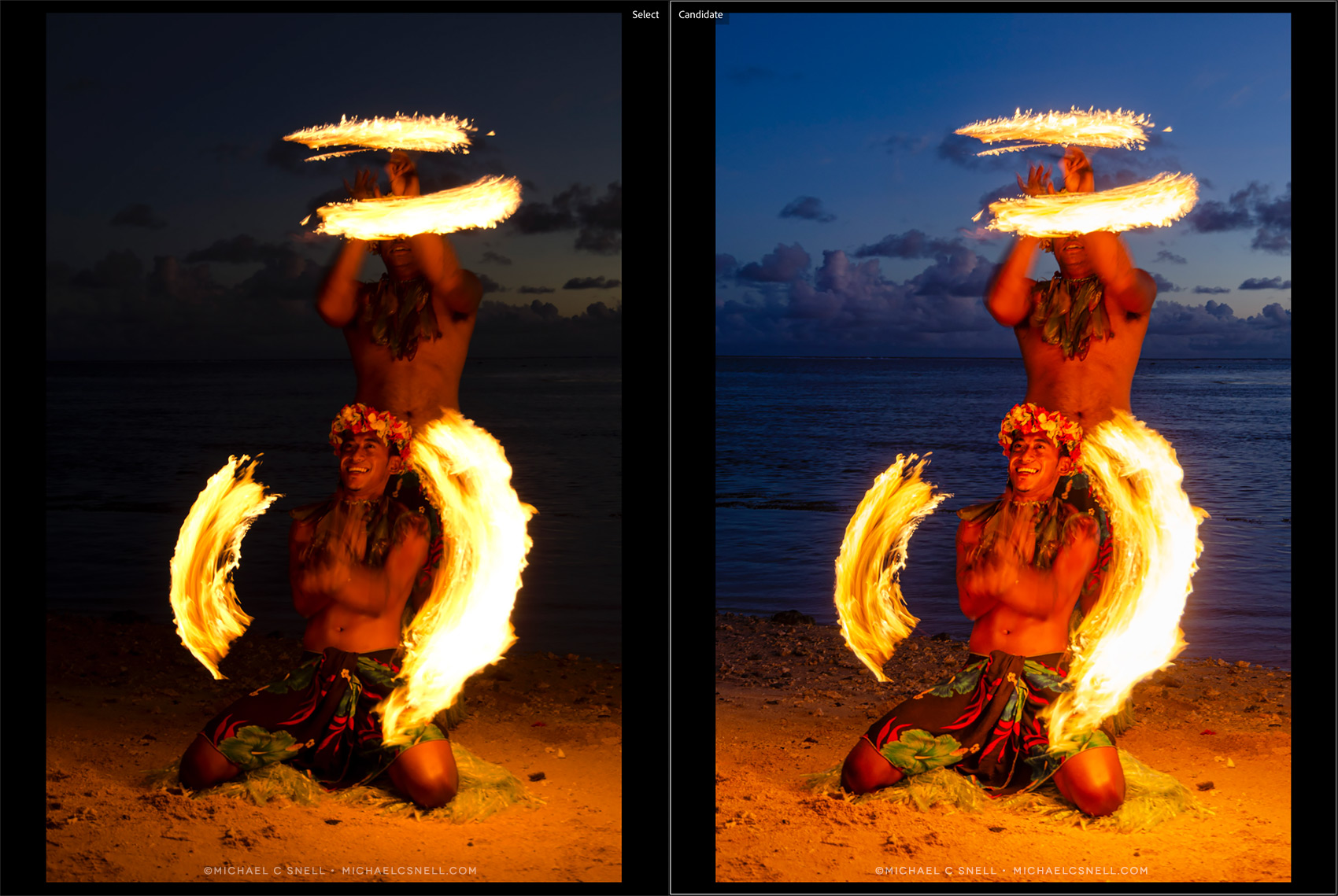
The shadow recovery here is unbelievable. I boosted the overall exposure about half a stop and the Shadows slider is at +66 (it goes to 100). Even if I push the Shadow slider to 100, the image looks fine — just a bit unbelievable to my eye.
Again, these changes may be as much due to my change in tastes and abilities as it is to the software itself, but I’m not sure I care. The fact is, I can revisit photos I took a decade ago and get a result that I like better. That’s magical.
Here are a few more…


Both of these photos were shot at ISO 100 at 24mm, 1/6 second, f/6.3. There was a lot of trial and error in a fast-paced situation to try and find the “right” shutter speed for getting some light trail, but not too much blur on the people. I also remember on my first edit of this shoot, trying to find the images where the faces weren’t obscured. Now I feel I’m more open to a face or two being covered if the arrangement of fire is good and all the other elements are solid.
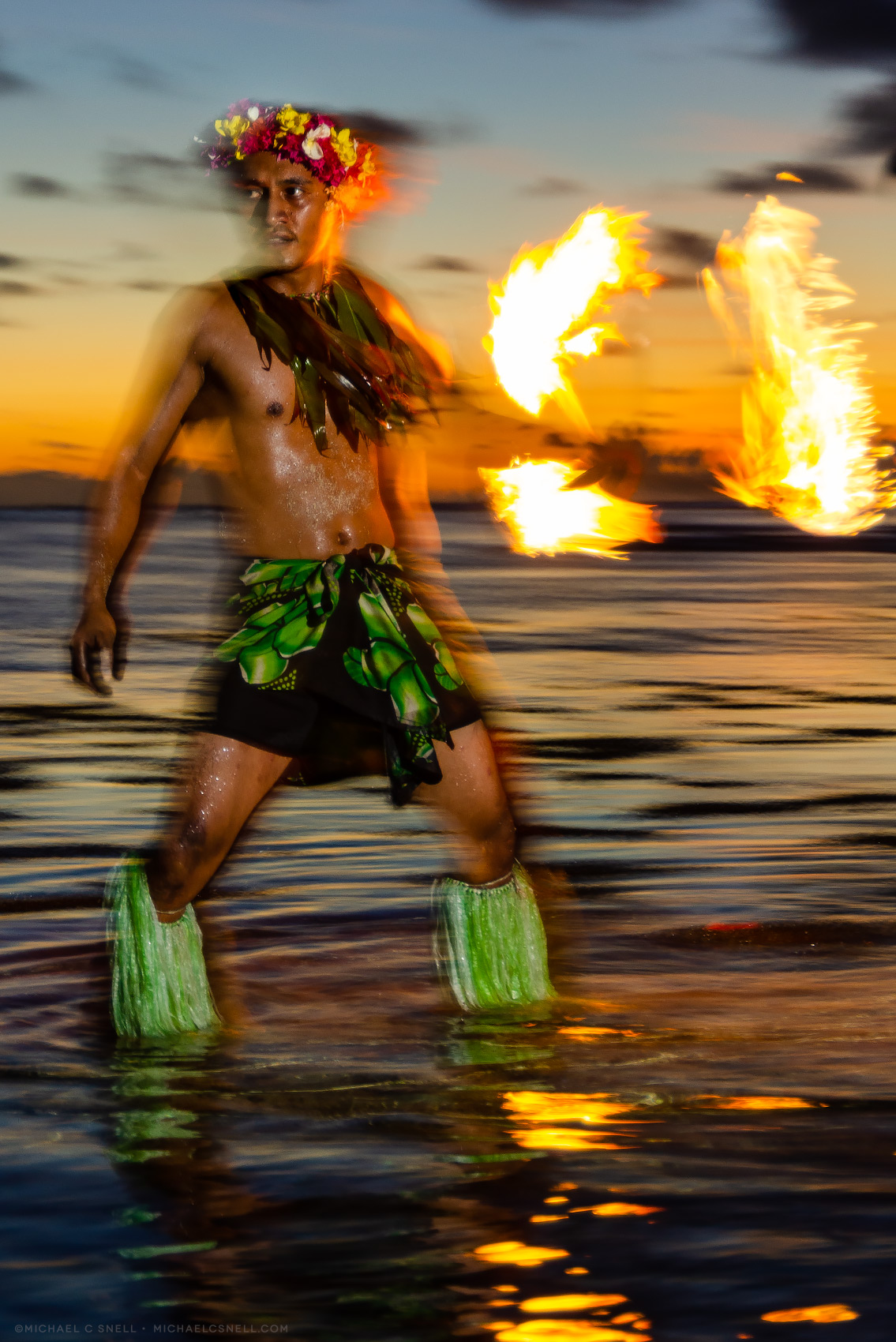
I was shooting with several other photographers on this beach and some of them were using flash to freeze some of the motion. Every now and then I would catch someone else’s flash in one of my frames which made for a different look.
This photo is an example of that and it was a lucky accident. The fire dancer was turning his head during my 1/5 second exposure and would have been entirely blurred if it weren’t for someone’s flash briefly illuminating him and freezing some detail.
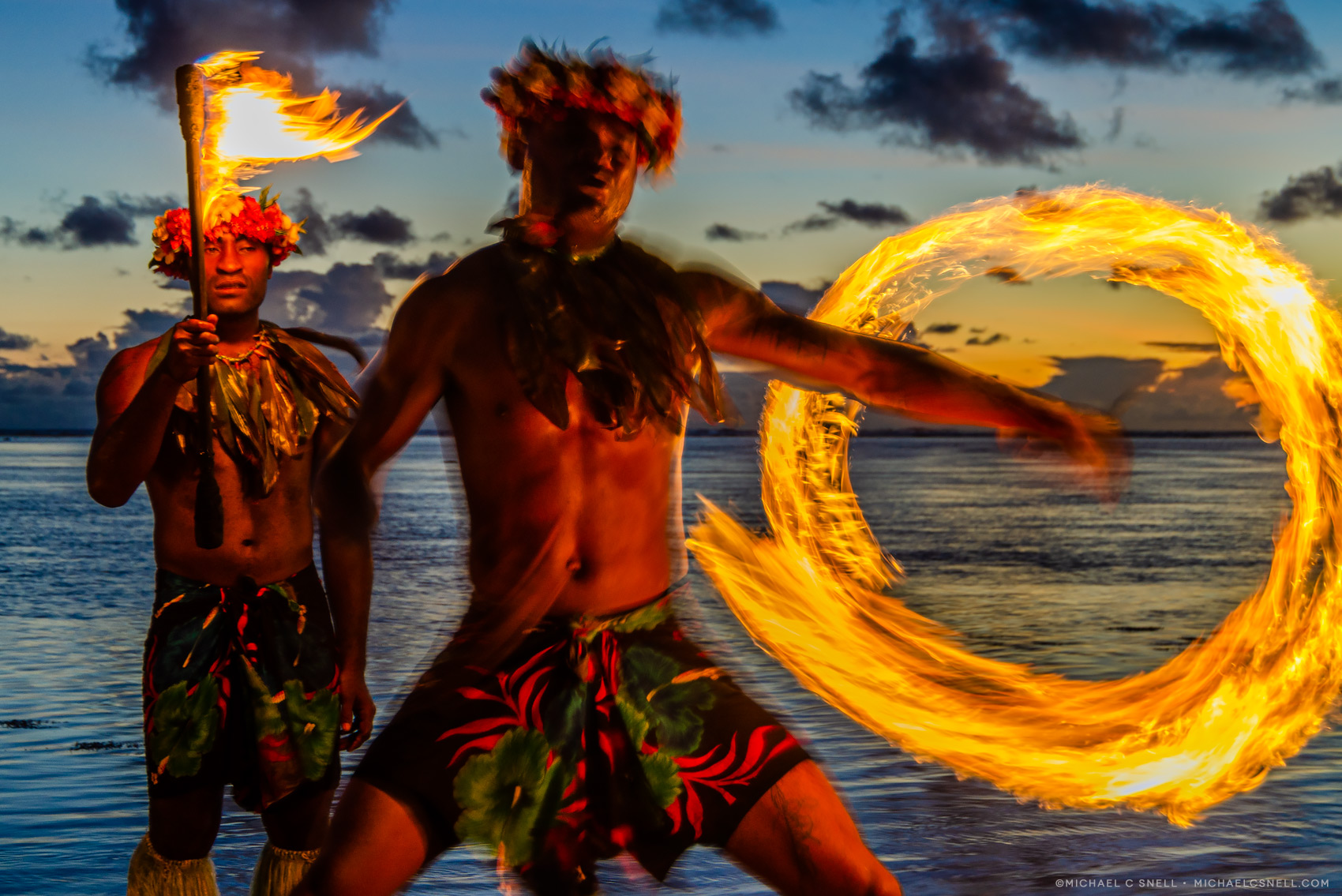
Not only do I have versions of these images that I like better than their originals now, but I’ve also rescued some from the group that I never even bothered processing 10 years ago. This will definitely be an ongoing part of my routine — every so often going back through old files and reprocessing previously overlooked images. Especially now, when we can’t travel due to the pandemic, it’s a great way to re-live some previous travels and keep your processing chops up until we can all travel again.
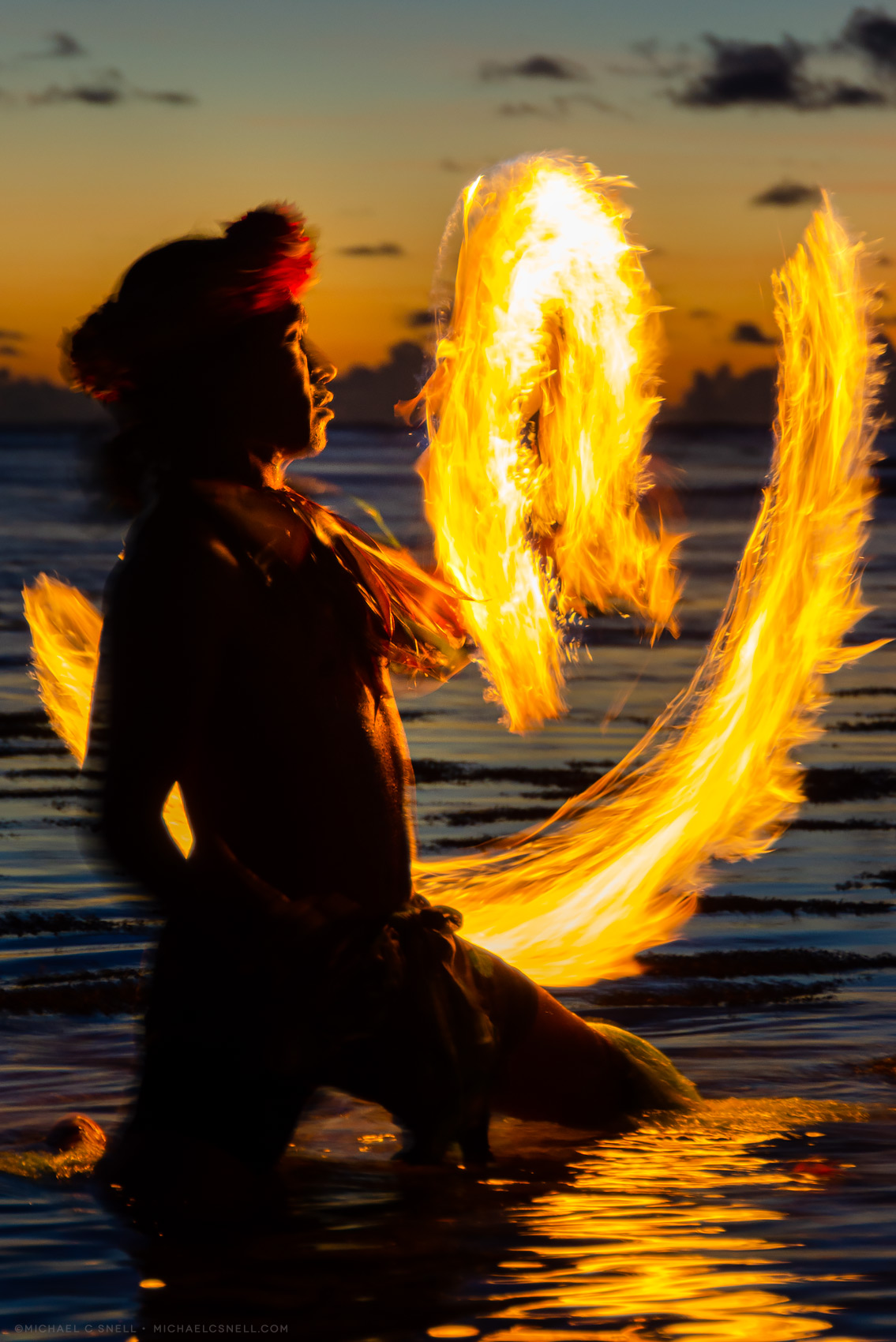
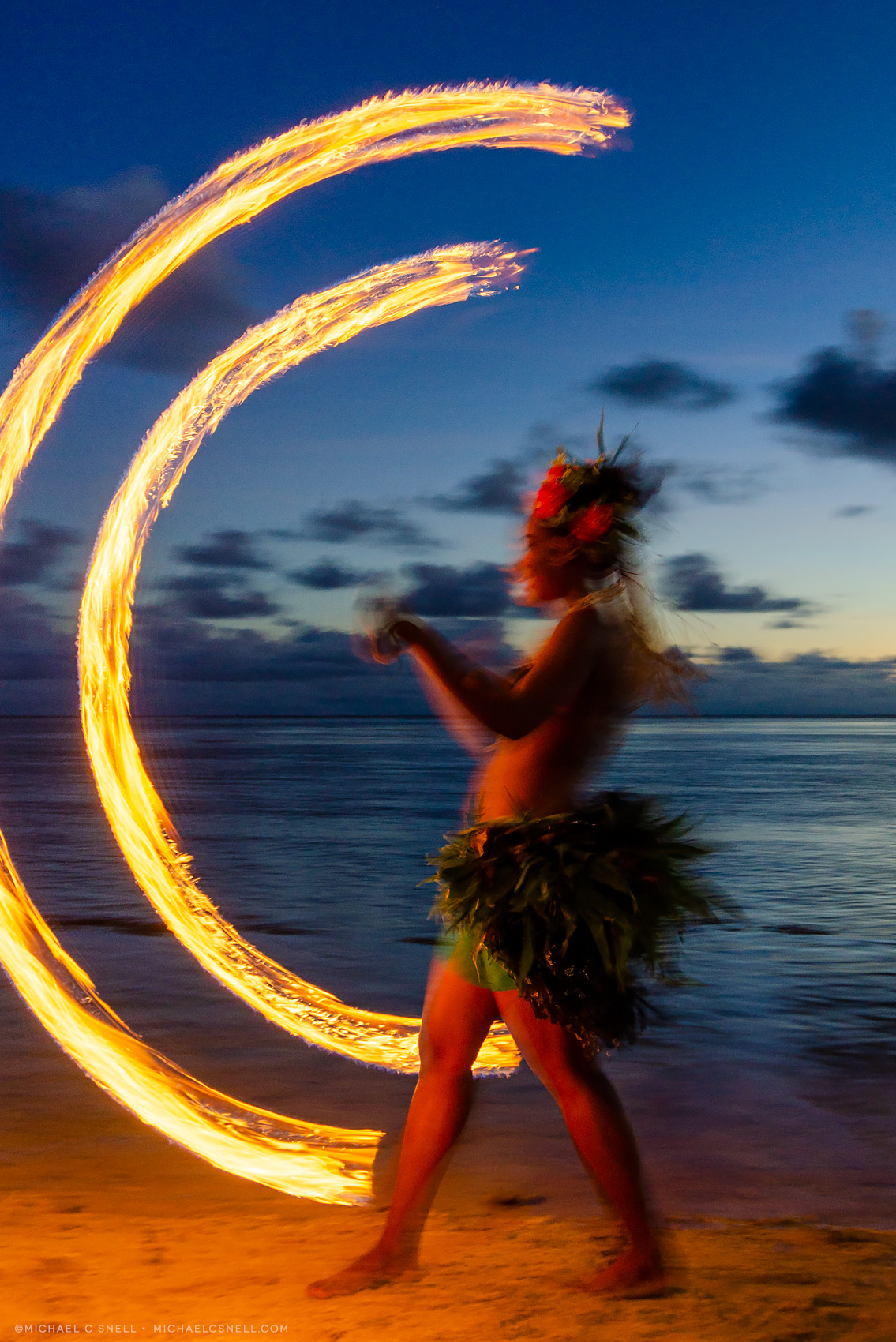
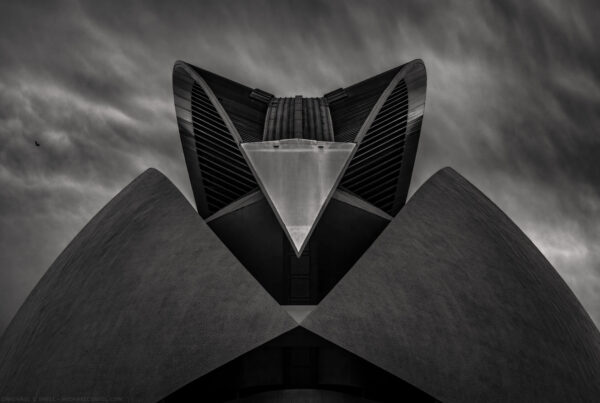

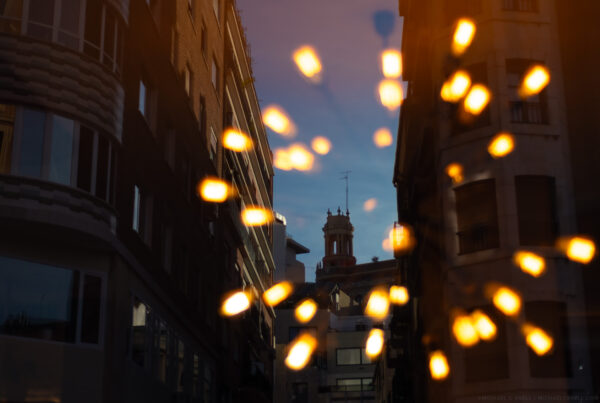

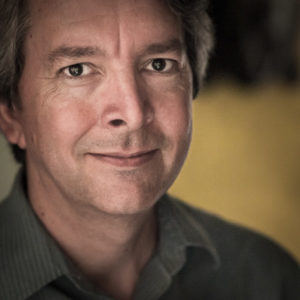
Wow. You should call this Time Traveling. Thanks for the inspiration.
Thank you, Terri! I’ve been spending a lot of time going through old files lately so there’s more on the way!